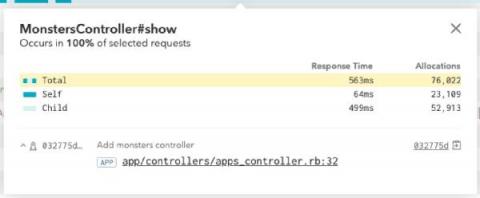Skylight 5: Now with Source Locations!
This week we released Skylight version 5.0, which represents a major undertaking that has involved every person at Tilde and every part of our ever-growing stack. In addition to major internal refactors, this release also modernizes our native Rust code, and introduces Skylight's newest feature, Source Locations.











